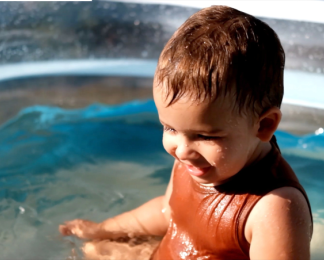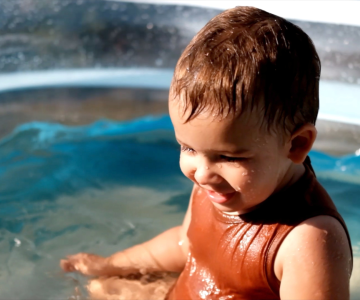Key Information about heat and health
To access weather information and alerts for the Interior region, please visit the
Environment Canada website or download the WeatherCAN app or Alertable.
- BCCDC Preparing for Heat Events
- Heat Safety Poster
- Be prepared for hot weather | First Nations Health Authority
- Wellness checks during heat events
- Extreme Heat Preparedness Guide
- BC Provincial Heat Alert and Response System
- Heat Alert and Response Planning Toolkit for Interior BC Communities
- For those who quality, free portable air conditioners are available through Fortis BC and BC Hydro.














